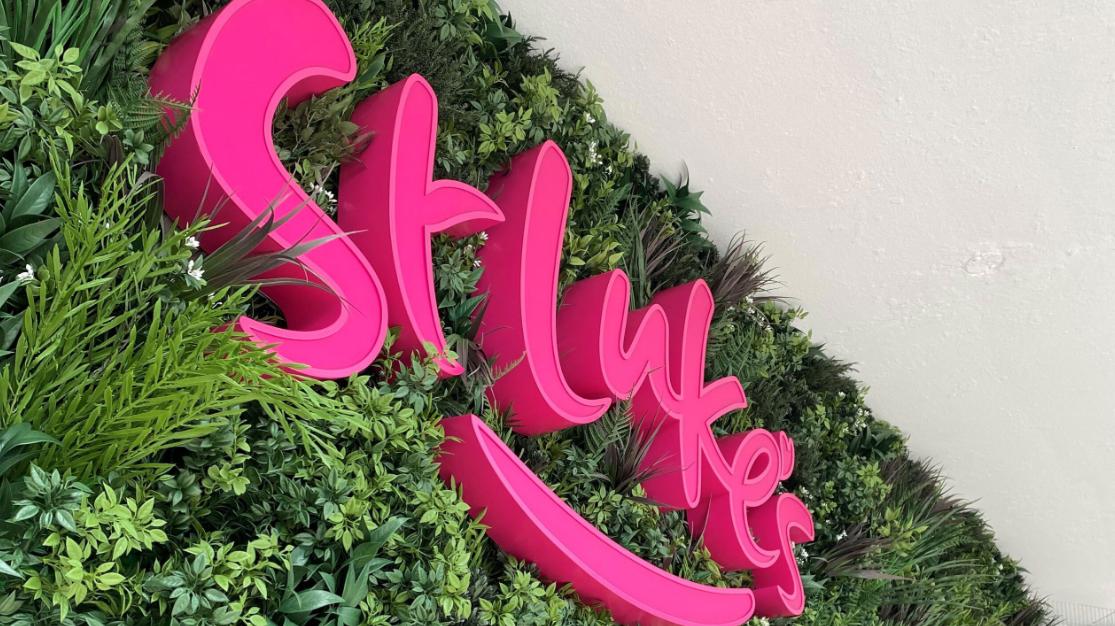What Materials Are Commonly Used for 3D Letters in Melbourne Signage
When it comes to making a strong impression, 3D letters play a crucial role. They stand out, attract attention, and effectively convey a brand’s message. But have you ever wondered what materials are commonly used to create these eye-catching signs?
In this article, we will explore the various materials that are popular for crafting 3D letters in Melbourne, helping you understand your options better.
Acrylic
This plastic material is lightweight yet durable, making it an excellent choice for both indoor and outdoor signage. These letters can be easily molded into various shapes and sizes, allowing for creative designs.
Plus, they come in a wide range of colors and finishes, from glossy to matte, making it easy to match your brand’s aesthetics. Acrylic is also resistant to UV light, ensuring that your letters maintain their vibrant appearance even when exposed to the sun.
Metal
Metal is another fantastic option for 3-dimensional letters. Commonly used metals include aluminum and stainless steel, which are known for their strength and weather resistance. Metal letters provide a sleek, professional look that can elevate any business.
They can be polished for a shiny finish or painted to match your branding. Metal signage is particularly effective for outdoor applications, as it can withstand harsh weather conditions without losing its integrity. Many businesses in Melbourne opt for metal letters because they exude durability and sophistication.
Foam
Foam is an increasingly popular choice due to its lightweight nature and affordability. Foam letters can be easily painted and finished, providing a versatile option for various designs.
While they may not be as durable as metal or acrylic, foam letters are often used for temporary signage or indoor applications without exposure to the elements. They can create a fun and modern look, making them suitable for events, promotions, and exhibitions.
Wood
Wooden letters offer a unique and natural aesthetic that can improve any signage project. This material is perfect for businesses that convey a warm, rustic feel. Wooden 3D letters can be crafted from different types of wood, including plywood, MDF (medium-density fiberboard), and solid wood.
They can be stained, painted, or left in their natural state, depending on the desired look. Wooden letters work well for cafes, boutiques, and businesses, aiming to create a cozy atmosphere.
PVC
PVC (polyvinyl chloride) is another lightweight and durable option for 3-dimensional letters in Melbourne. It’s resistant to moisture, making it suitable for outdoor signage. PVC letters can be manufactured in various colors and thicknesses, allowing for creative designs.
They are also cost-effective and easy to install, making them a practical choice for many businesses. PVC’s versatility means it can mimic the look of more expensive materials, making it a popular choice for budget-conscious companies.
Conclusion
When choosing the right materials for 3D letters in Melbourne, it’s essential to consider your brand’s identity, the location of the signage, and your budget. By understanding these materials, you can make an informed decision that improves your brand’s visibility and appeal.
Investing in high-quality letters can make a significant difference if you’re starting a new business or looking to revamp your current signage. Choose the right material, and watch your brand stand out in the busy landscape of Melbourne!

